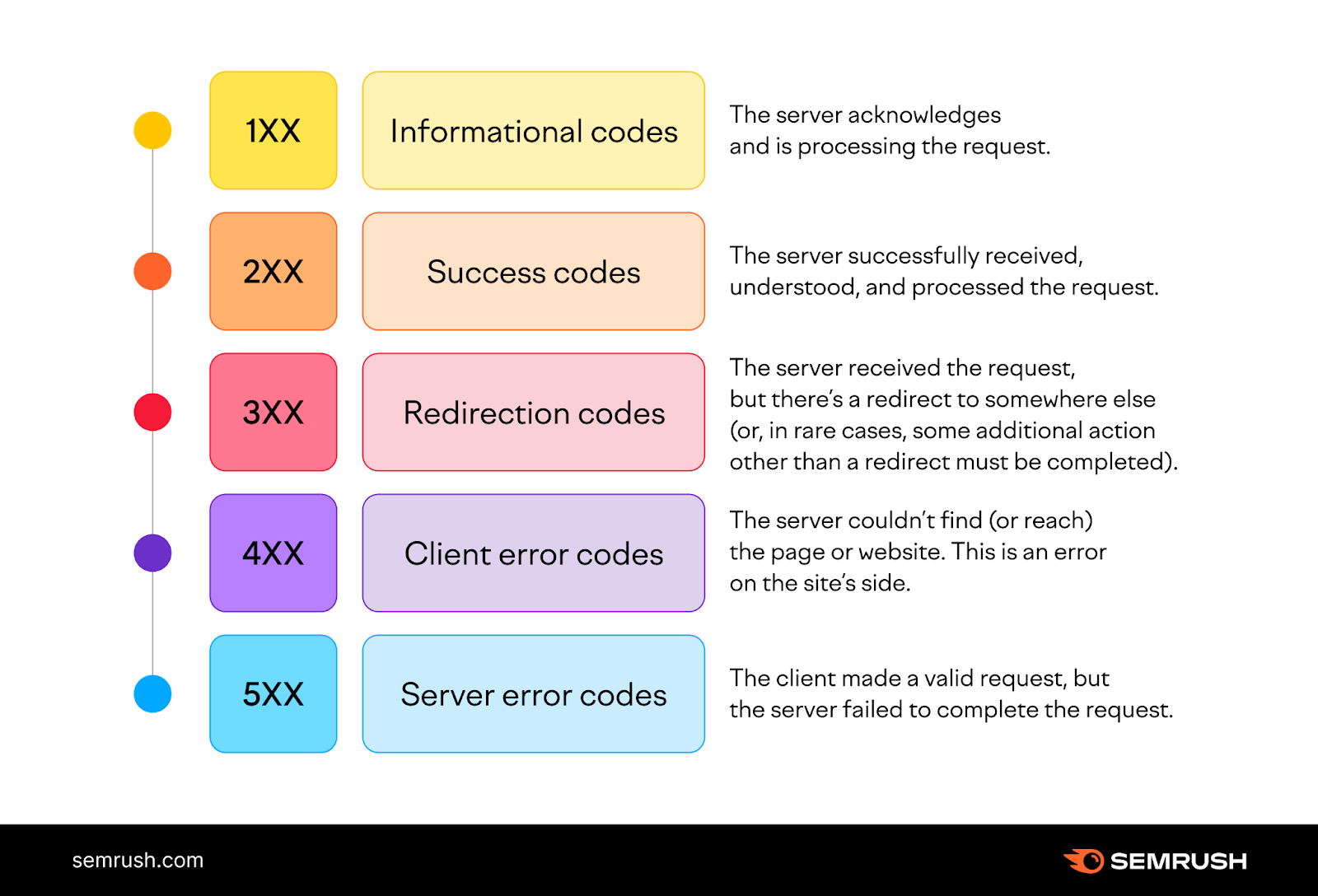We’re living in a fast-paced world. Consumers now want things that are faster, more efficient, and easier to collect information from. Thanks to the growth of smartphone and tablet PCs, the Internet is also turning mobile-first.
In such a scenario, it becomes important for businesses to have a mobile-friendly website. Doing this helps them stay ahead of the competition and provides an optimal user experience for the visitors. You might need to take core web vitals and page experience services to have optimized mobile-friendly website.
Mobile-friendly websites are designed to be easily navigable on smaller screens and with touch-based inputs and often have larger text and simplified layouts to enhance readability. A mobile-friendly website aims to provide a seamless browsing experience for users on all devices, improving accessibility and increasing user engagement.
It typically has a responsive design that adjusts to fit the screen size of the device being used to view it, providing a better user experience for visitors accessing the site from a mobile device.
In this article, we’ll dive deeper into the benefits offered by a mobile-friendly website and how you can use it to grow your business.
So what are you waiting for? Let’s get started.
Improved User Experience
User experience is the core of any user browsing experience. Compared to non-optimized websites, a mobile-friendly website offers users a unique, seamless viewing experience. Since it’s mobile-focused, optimizing your user experience can help users navigate, read and interact with the content.
Mobile optimized websites are also requirement of core web vitals as improving core web vitals is important for search engine rankings and user experience.
A mobile-friendly website can create a positive user experience that keeps visitors engaged and more likely to convert into customers by adding the below-mentioned features to it :
- Responsive design: A responsive design ensures that the website adjusts to the size and shape of the user’s device, providing a consistent and optimal viewing experience across all devices.
- Fast loading speed: A fast-loading website enhances the user experience by reducing the user’s frustration and keeping users engaged.
- Easy navigation: Simple and intuitive navigation makes it easy for users to find what they are looking for, reducing the likelihood of them leaving the site early on.
- Optimized images and content: Images and content optimized for mobile devices improve the site’s overall visual appeal.
Better Search Engine Rankings
Google and other search engines prioritize mobile-friendly websites in their search results, giving them a better chance of appearing at the top of search results.
By incorporating SEO-focused elements, a mobile-friendly website can provide better search results, helping increase visibility and reach more customers worldwide.
Let’s look at some of these practices that are incorporated to provide better search engine rankings for a mobile-friendly website.
- Properly formatted meta tags and descriptions can provide search engines with a clear understanding of the content on the site, helping to improve its visibility and rankings.
- Unique, relevant, and high-quality content is likely favored by search engines, improving the site’s visibility and rankings.
- Content that is optimized for mobile devices, with smaller file sizes and optimized images, can improve the site’s performance and increase the chances of appearing at the top of search engine results.
- Online websites like Google prefer a responsive design, which adjusts the website to the size and shape of the user’s device, as it simplifies the crawling and indexing of the site for search engines.
Increased time spent on site
You’re probably using your smartphone right now to read this piece of content. It is no wonder that many Internet users now consume content on handheld devices.
In that aspect, having a mobile-friendly website can make a lot of difference.
Having a mobile-optimized website increases the user’s time spent on your website.
A mobile-friendly website offers a positive user experience, with the information being easily accessible, which increases the user’s time on the website.
The layout is often designed to fit smaller screens, and the text is easily readable (without zooming in/out).
A mobile-friendly website also removes the chances of people logging off from your site due to frustration usually associated with a poorly-designed interface.
Reduced load time
As per a report, a one-second delay in loading your website can reduce customer satisfaction by a whopping 16%. As a result, 1 in 4 visitors is more likely to abandon your website if it takes more than 4 seconds to load.
A mobile-friendly website can lead to reduced loading speed in the following ways:
- Optimized images & media: Mobile-friendly websites often use optimized images and other media that are smaller in size, leading to faster loading speeds.
- Reduced clutter: Mobile-optimized websites typically have a simple layout and use fewer elements. It, in turn, reduces clutter and allows pages to load faster.
- Uses minimal code: Mobile websites often use fewer lines of code alongside heavy plugins, which could slow down the site speed.
- Faster server responses: A well-designed mobile website usually has faster server responses, reducing the load speed.
Social media shares are higher on mobile.
Notice how social media buttons are everywhere when you browse with your phone?
Sharing intriguing images, blogs, and stories with friends is one of the best things about mobile devices. Look no further than the popularity of TikTok and Instagram as proof that bite-sized video content is booming right now.
A mobile-friendly website can help increase social media shares by providing a better user experience, making it easier to share content, optimizing content formatting, and reducing load times.
Infographics have a significantly better sharing potential than a standard post because they are so easy to understand and don’t require users to read very much.
Distinct brand identity
Users view mobile applications as having a strong brand identity because they believe they are legitimate, rich, and modern brands.
Mobile websites are more affordable and offer several equally valued benefits by technology-savvy users, including usability, widespread user reach, compatibility, findability, and numerous other essential benefits.
Your brand’s unique personality can attract the right customers to your business and impact your bottom line. In addition, it also helps differentiate your business from the competition.
Reduces costs associated with developing multiple versions of your website
A mobile-friendly website offers you a lower maintenance cost as compared to running two versions of one website. Besides, it takes less time to set up.
It frees up more time for you to dedicate to other important business areas. And you could also offer tailored location-based offers to drive traffic to your website.
You might experience an increase in traffic because responsive websites typically rank higher in search engines than non-responsive websites.
Therefore a mobile-friendly website with a responsive design attracts more user traffic than websites with a non-responsive design.
Increased Customer Retention Rates
Knowing that a mobile-friendly website allows users to interact and engage with your brand across devices without being annoyed or inconvenienced. This increased accessibility is key to creating long-term loyalty and customer retention, so investing in it early on is crucial.
Establishing credibility and trust are the most important aspects of customer retention. Customers must believe that the site is reliable and trustworthy and that they can access it anytime.
A mobile-friendly website is one of the strongest ways to accomplish the trust-building you want to have with your targeted customers.
It demonstrates to new and old customers that you are flexible, adaptive, and meeting customer demands by innovating your product offerings to match and exceed customer expectations.
It makes the customer journey seamless and provides a sense of authenticity and trusts to the customer journey.
Easy To Find Online
Search engines like Google favor mobile-friendly websites in their search results, making it easier for users to find them.
It cannot be denied that it is more convenient for a user to access a website through mobile. Apart from this, mobile website SEO is better than apps on the Play store.
Mobile website pages can also be displayed in the search result and listed in industry-specific directories, thereby increasing visibility.
Conclusion
Now that you know how important being mobile-friendly is, it’s time to make the switch for your website. Once you do it, there are several opportunities for business growth.
The Internet is evolving daily due to the rising use of mobile devices like smartphones and tablets.
Customers are increasingly using mobile devices to obtain business information, making mobile-friendly websites a requirement rather than an option as they were ten years ago.






